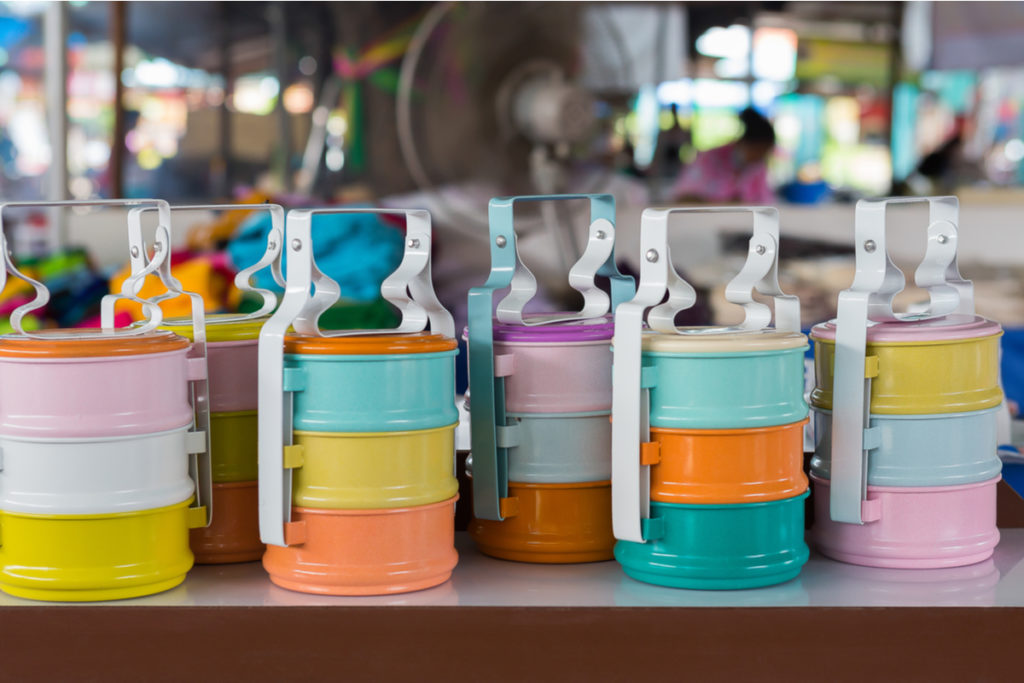
Plastic is not bad.
Yup, you read that right.
One trip to the doctor’s or a stay in the hospital is all you need to realize that plastic is important. Right now, from where you’re sitting, look around you. I’ll bet you can see at least a dozen things that can’t be made without it. Plastic is a life-saving material that I don’t see us living without any time soon.
However, one thing has become abundantly clear, our personal relationship with plastic is changing, and should, too.
For so long, we believed that we could use as much plastic as we wanted because we could just recycle it. As someone who grew up in the 80s and 90s, it was drilled into me that recycling would save the day.
One of the benefits of living in this day and age is our ability to connect with all parts of the world. Now, more than any other time in history, we can see firsthand how one area of the world affects the rest. And it’s become clear through the oceans that connect all of us that our single-use plastic is everyone’s issue, and recycling didn’t work out the way we had hoped.
So, people are taking matters into their own hands.
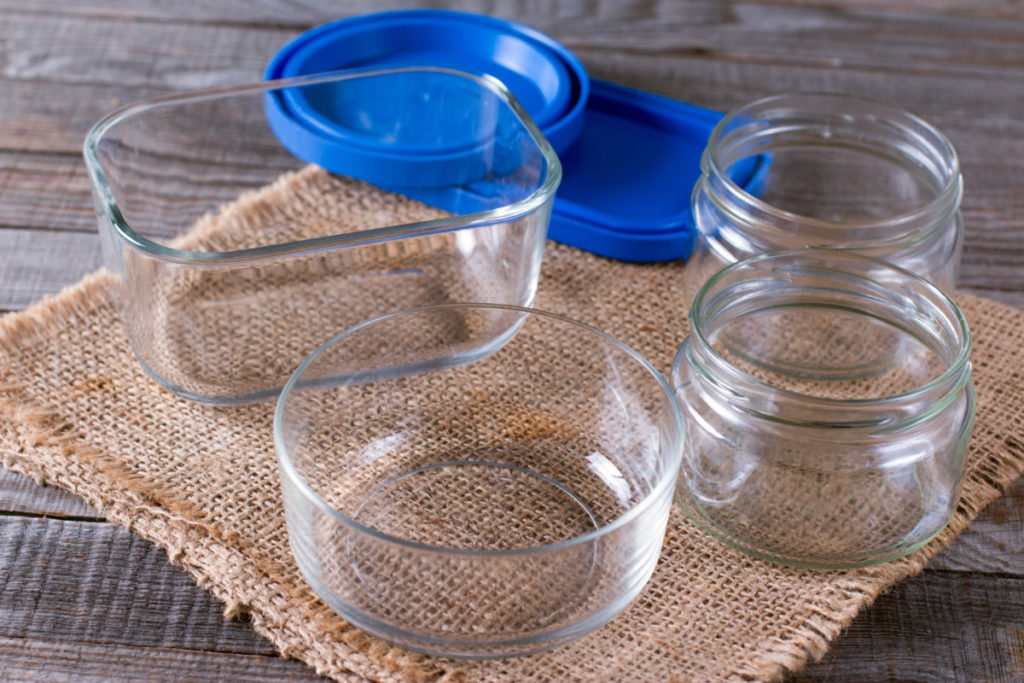
Every day another person or household makes the choice to limit the use of plastic in their homes. Some folks are even going so far as to eliminate plastic (as much as one can).
And although the plastic problem can seem impossible, this is another one of those areas where even the tiniest bit of effort on our part can make a large impact when measured collectively. And the best place to start that effort is in the kitchen.
Why the kitchen?
It’s the one area of the house with the most plastic, especially single-use plastics. But we’re going to narrow our focus even further to make developing a new habit even easier to establish. (Because we all know change is hard!)
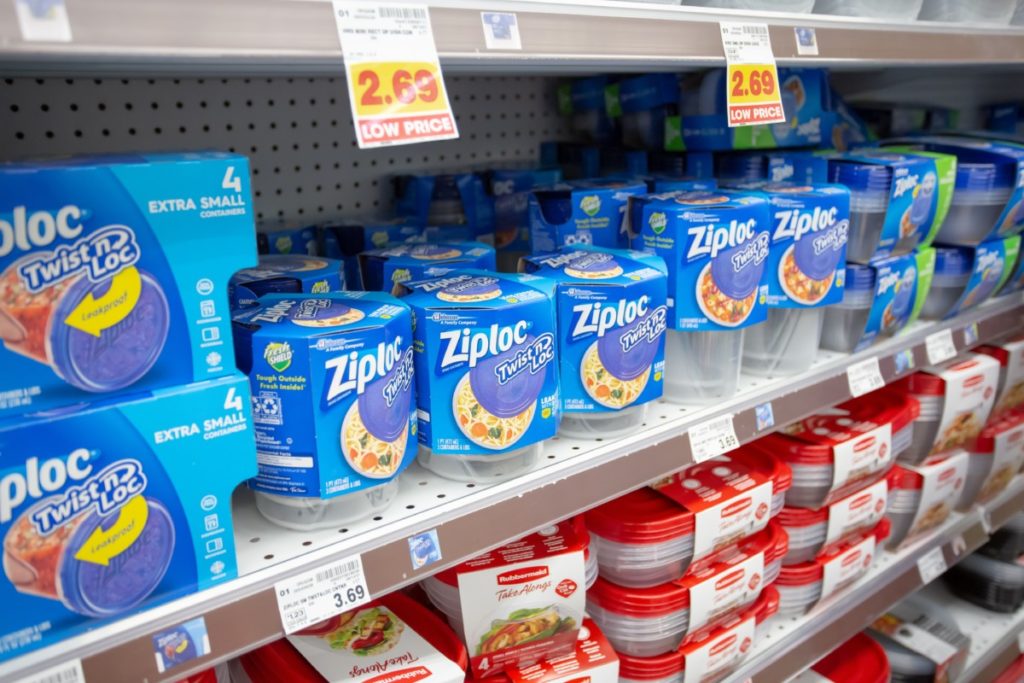
We’ll start with leftovers.
Around the world, every night, after dinner, millions of us pack up what we didn’t eat to save for another day. And for the majority of us, that involves using some sort of plastic to store our leftovers. If you want to start removing plastic from your home, why not start with this small change.
Begin slowly; you don’t have to purge every piece of plastic in your kitchen all at once. In fact, that’s a great way to become frustrated and give up.
Another mistake we often make when embarking on these types of changes is to rush out to the store where we buy a bunch of new stuff that will help us get organized without taking the time first to figure out what it is we’re organizing.
The First Step
Start by paying attention to what you use to store your leftovers. Do you use small plastic containers? Do you portion up leftovers for lunches so they can be grabbed on your way out the door the next day? How about cling wrap? Do you store your leftovers in the same container you served them in, covered with a tight drum of clear plastic wrap?
Make a list and hang it on the fridge. Note the general size of containers you use and how often you use things like cling wrap or plastic zip-top baggies.
Now you’re ready to check out the plastic-free food storage options available to you and decide what and how many will work best for you and your family.
1. A Bowl With a Plate
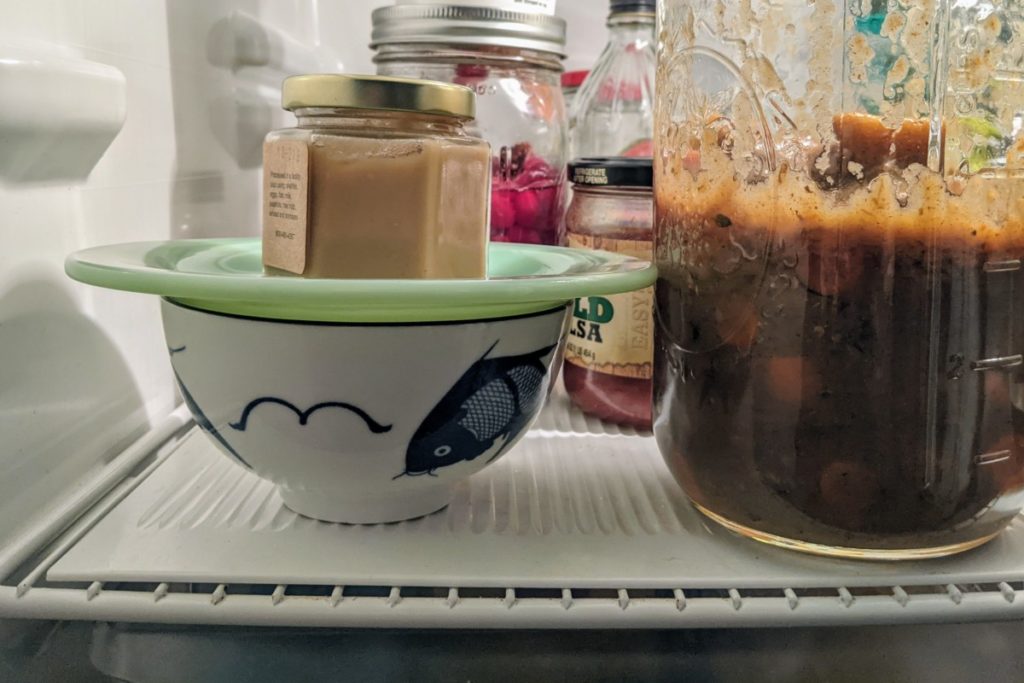
This is one of the easiest ways to store leftovers, and you don’t even need to go out and buy any special containers. Put your leftovers in a bowl and place a plate on top of the bowl. You’ll keep air out, and this setup makes stacking in your fridge super easy to do.
2. Glass Jars
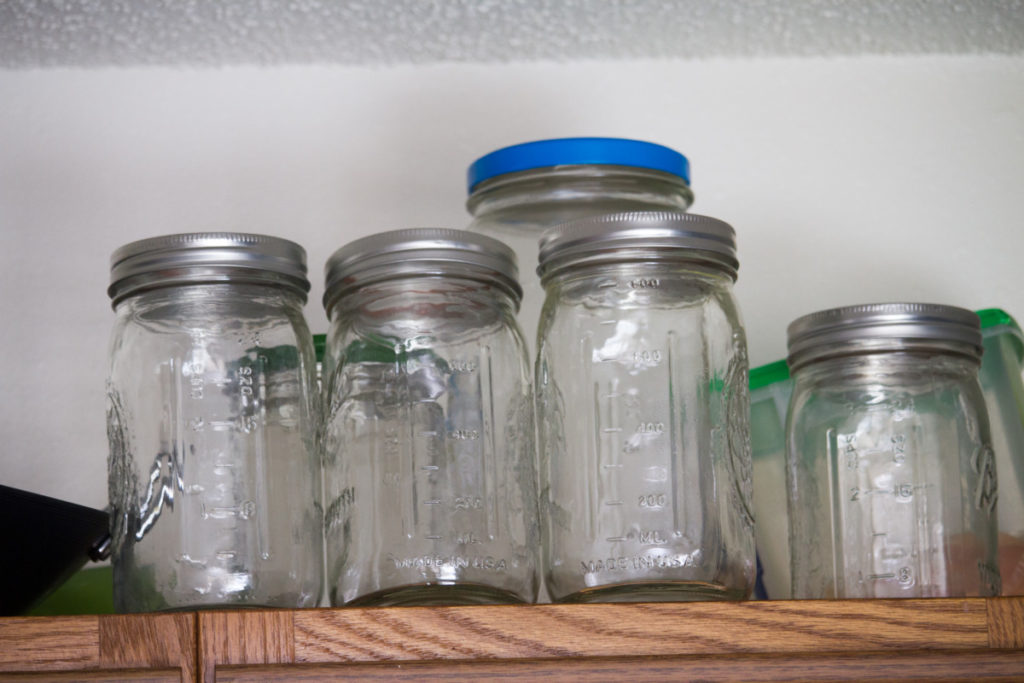
This is one of the best and cheapest ways to store leftovers. Lidded glass jars are airtight, making them perfect for keeping leftovers fresh until you’re ready to eat them.
And yes, while mason jars are great for this, you don’t have to go out and spend a ton of money buying them. Instead, start saving empty glass jars from other foods. Olive jars, jam jars, mayonnaise jars, pickle jars, the list goes on and on. As you grow your collection, you’ll be minimizing your plastic use.
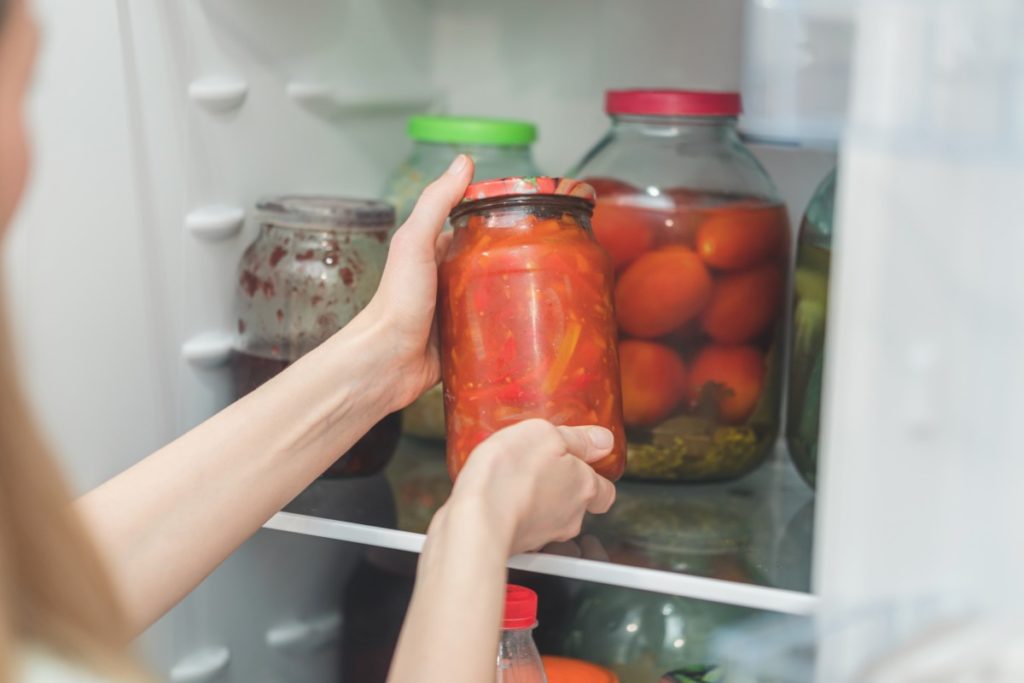
For adults, they’re perfectly portable too. Pack up your leftover soup in a jar and take it to work for lunch the next day.
13 Best Places To Find Canning Jars + The One Place You Shouldn’t
21 Brilliant Ways To Reuse Glass Jars
3. Bento Boxes
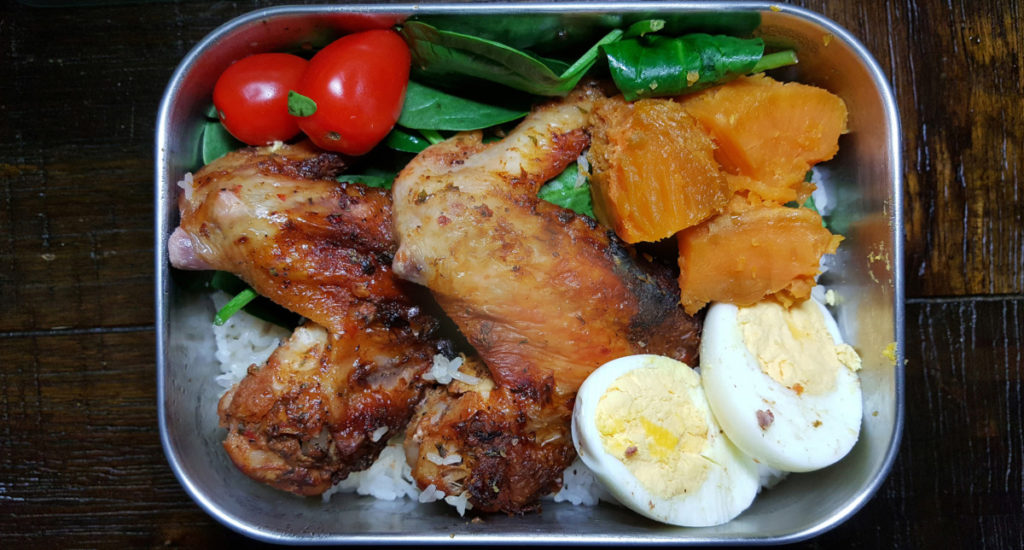
If you do any meal prepping or use your leftovers as your main source of lunch, consider purchasing several stainless-steel bento boxes. These traditional Japanese lunch boxes are divided into sections and make lunch plastic-free.
They’re especially great for small kiddos, too, because they’re pretty rugged—no more busted plastic lunch boxes to replace every year.
4. Reusable Fabric Food Wraps
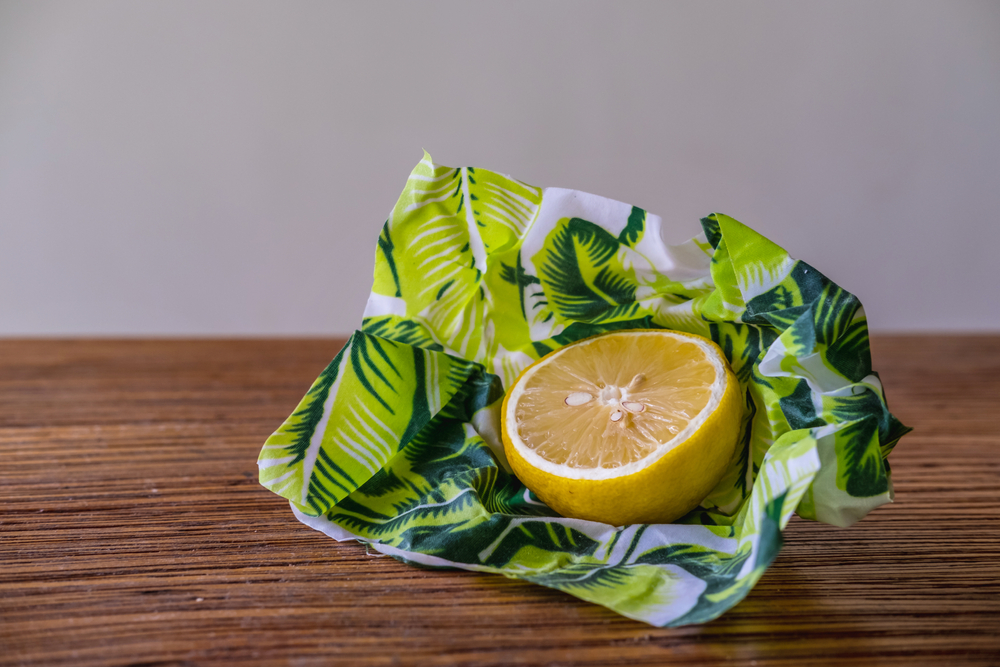
I think these are just brilliant and so handy. The beeswax-coated fabric keeps out air and allows you to mold the fabric to the shape of whatever you’re wrapping. You can use them in place of plastic wrap to cover bowls or plates. Or wrap up things like sandwiches, pizza or other odd-shaped items. They’re incredibly useful and versatile.
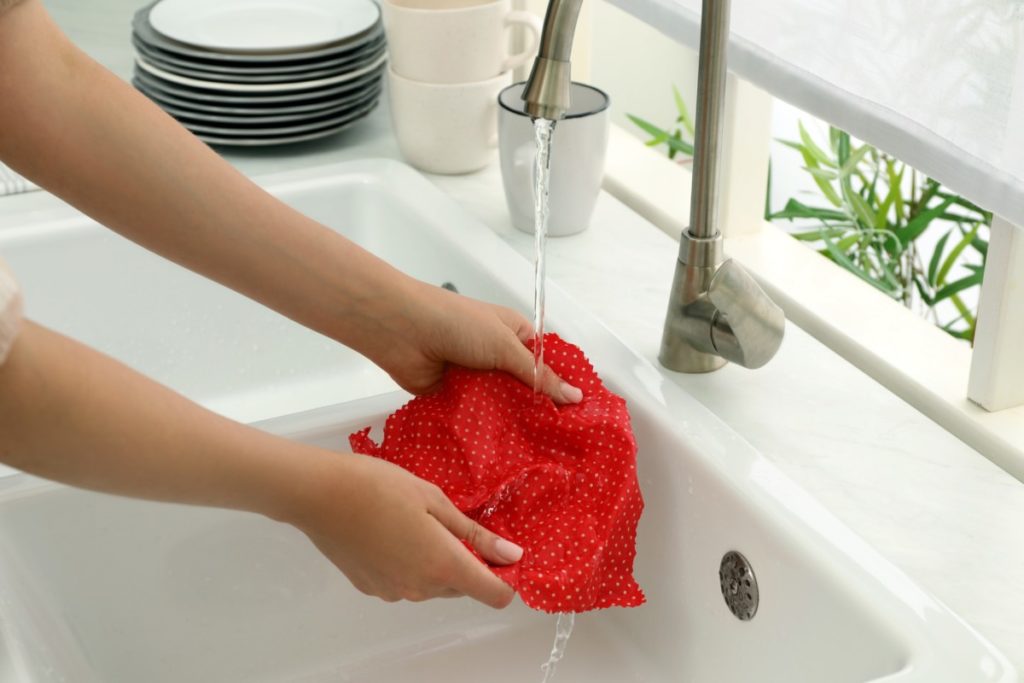
Or learn to make them yourself. You don’t need to know how to sew or anything! They are surprisingly simple to make. You can get all the instructions from Homestead and Chill here – DIY: Homemade Beeswax Wraps (Reusable Food Wraps)
5. Right In the Pot
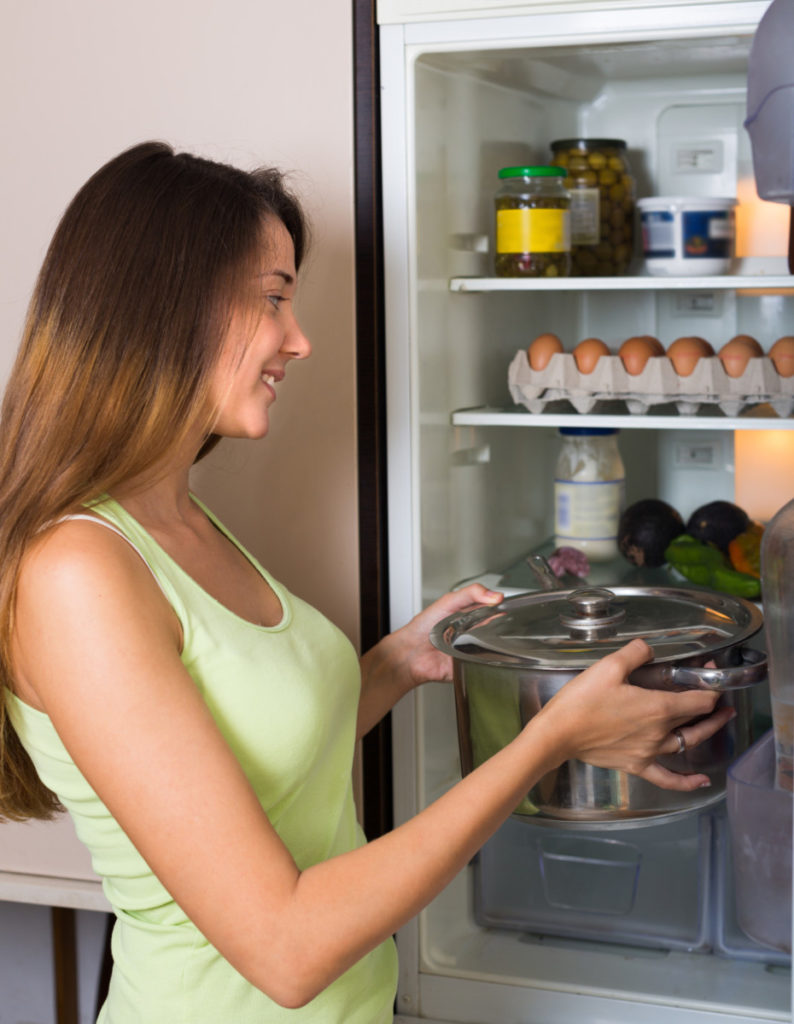
We’re a little funny the way we cook something in one pot, then put it in another to serve it, and finally put it in another container still to save it for later.
I grew up in a house where pots were never on the table, everything went in a serving dish, and to this day, I feel uncomfortable putting a pot in the table to serve from.
But it’s just a habit we got used to, and we can just as easily get used to a new one.
Serve up food straight from the stove to the plate, and when the meal is over, you can store your leftovers right in the container you cooked it in, whether it’s a pot or a baking dish. You won’t have as many dishes to do, either.
Storing food this way can also help with food waste. If you make it a rule to finish what’s in the pot before you can use it for something else, you’ll be making sure the leftovers get eaten first.
6. Paper Bags
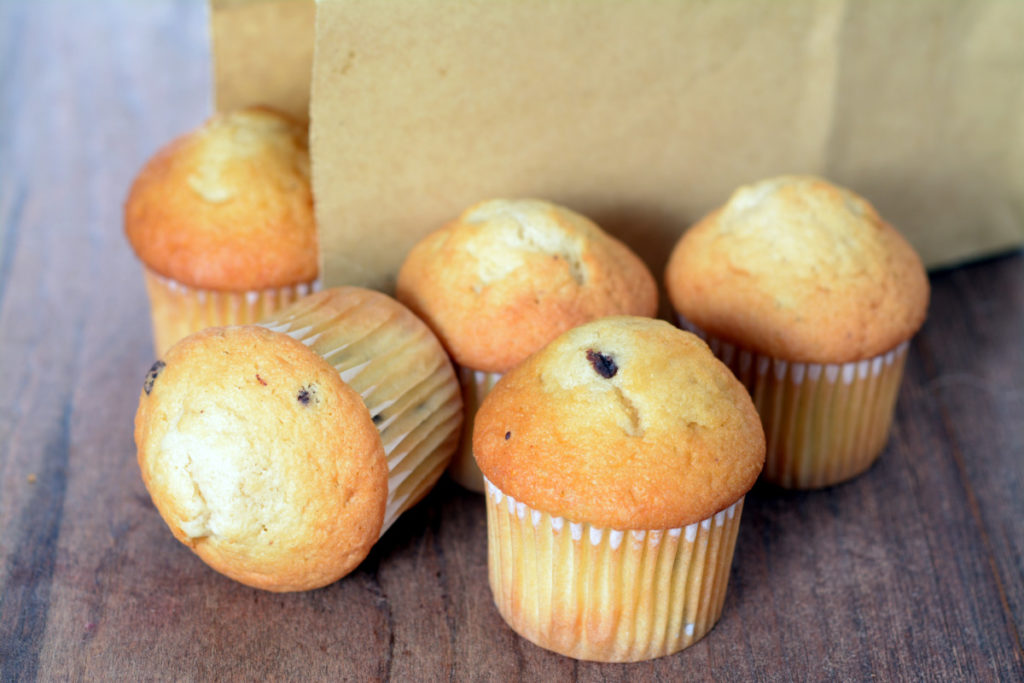
Paper bags are great for storing leftovers that aren’t too moist. For example, pizza stores beautifully in paper bags (and the bag helps absorb some of the grease). While not air-tight, paper bags do a good job of keeping produce fresh and bread and baked goods soft.
This is a great, inexpensive option, and you can compost the bags when you’re finished using them. Depending on the type of wax used, you can even compost some waxed paper bags.
7. Glass Storage Containers
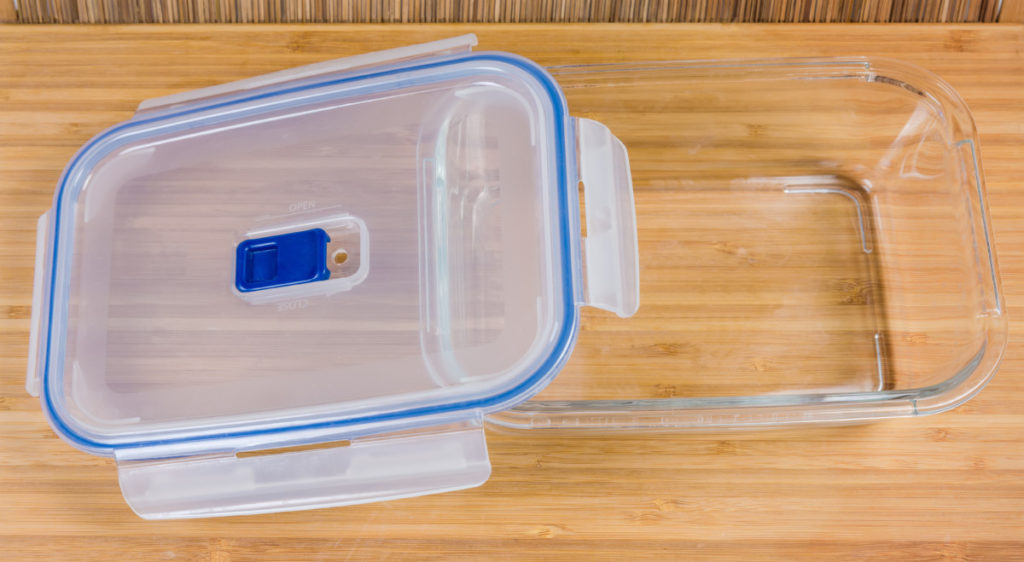
If you like glass, but jars just aren’t the ideal shape for some of your leftovers, consider picking up some glassware specifically made for storage. Of course, most of them come with some type of plastic lid, but if your main goal is to lower your single-use plastic, then you’ll still be meeting that goal.
You can even use them to take lunch to work with you and pop them right in the microwave.
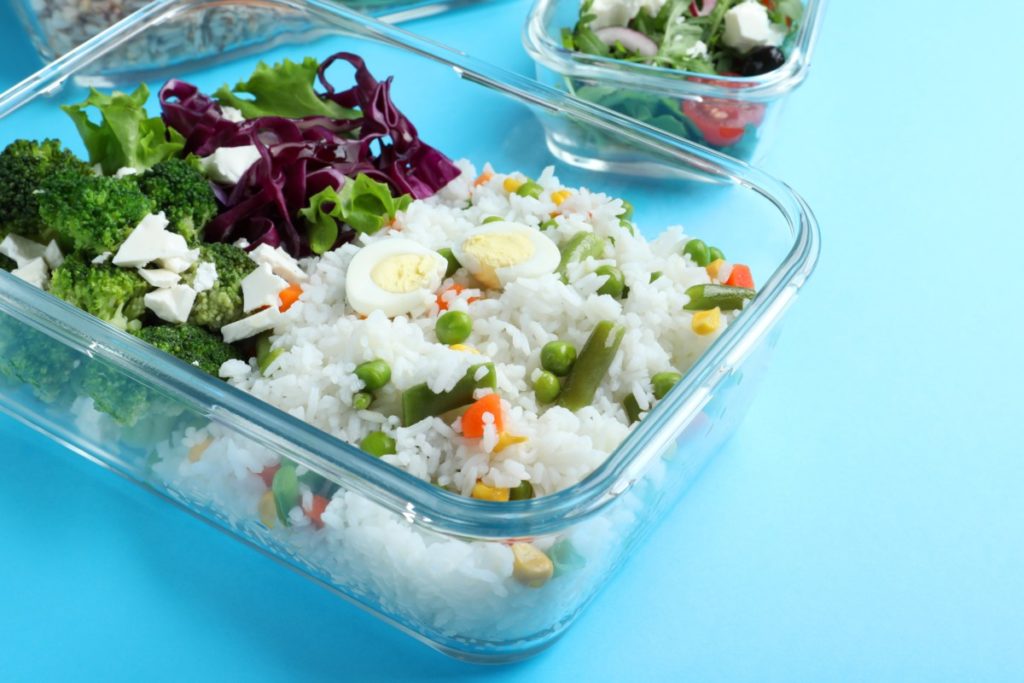
Going this route can be expensive upfront, but it doesn’t have to be. You can choose to buy one new glass storage container every few weeks until you have enough for your needs.
Or another great way to get your hands on glass storage containers and save some money is by hitting up thrift stores. Many of them have a ton of older Pyrex and other mismatched dishes perfect for storing leftovers. Pair them with a reusable fabric wrap cover, and you’re good to go.
8. Tiffin
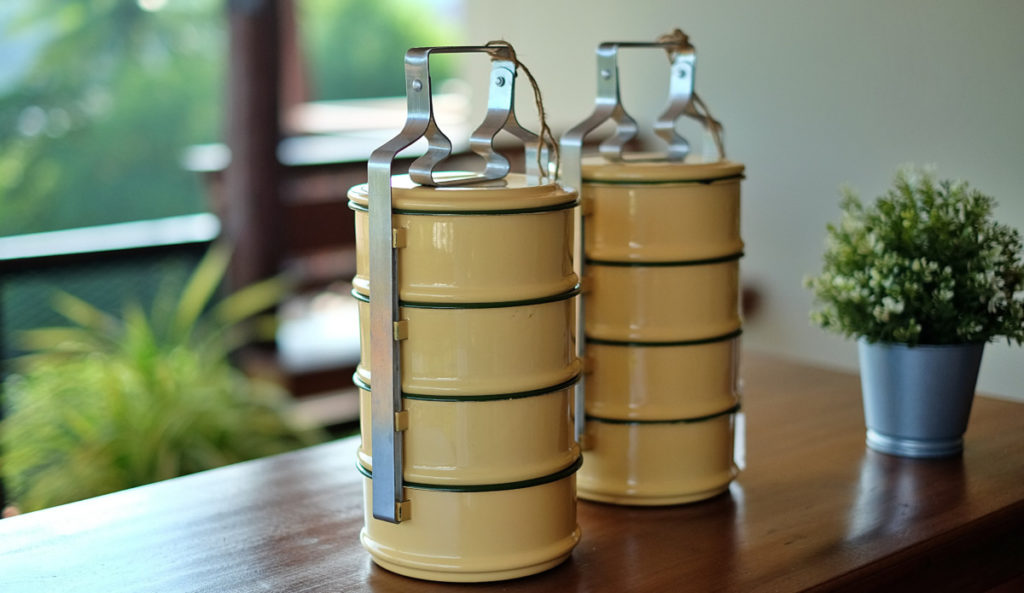
Tiffins come to use from India and are a lot like the Japanese bento box. They’re usually made of stainless steel and stack on top of each other neatly, all held together in one stack. Because they’re made of stainless steel, they will last forever.
Tiffins are perfect for neatly storing the leftovers from one meal but in separate dishes. Instead of hunting through the depths of the fridge looking for the leftover green beans to go with your leftover meatloaf, they’ll all be in one spot.
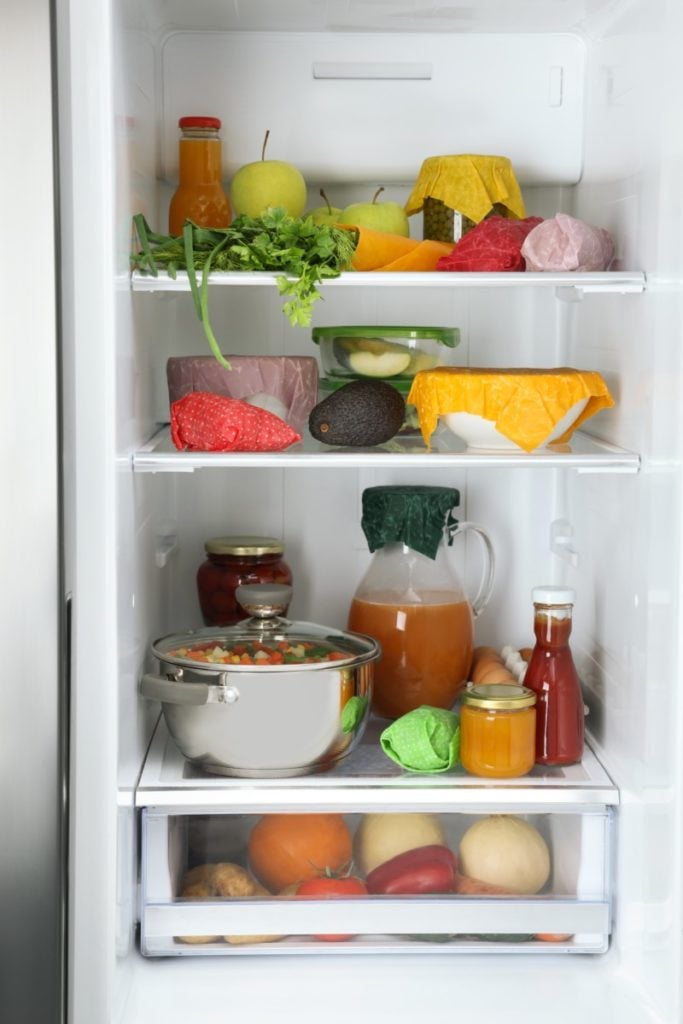
Cutting out plastic can seem like a herculean task, but I hope after seeing some of these options, you’ll begin to see it as something attainable. It’s just learning some new habits and making the switch gradually. Start with one of these items, and slowly add the rest.
Before you know it, you’ll be looking around other areas of your home and seeing all the possibilities to cut out plastic.
In the end, you’ll be saving money, doing something healthy for your family, and doing something important for the world as a whole.
12 Simple Steps to Create a Plastic-free Kitchen
32 Brilliant Ways to Reuse Plastic Grocery Bags
8 DIY Natural Cleaning Products For The Entire Home

Get the famous Rural Sprout newsletter delivered to your inbox.
Join the 50,000+ gardeners who get timely gardening tutorials, tips and tasks delivered direct to their inbox.

